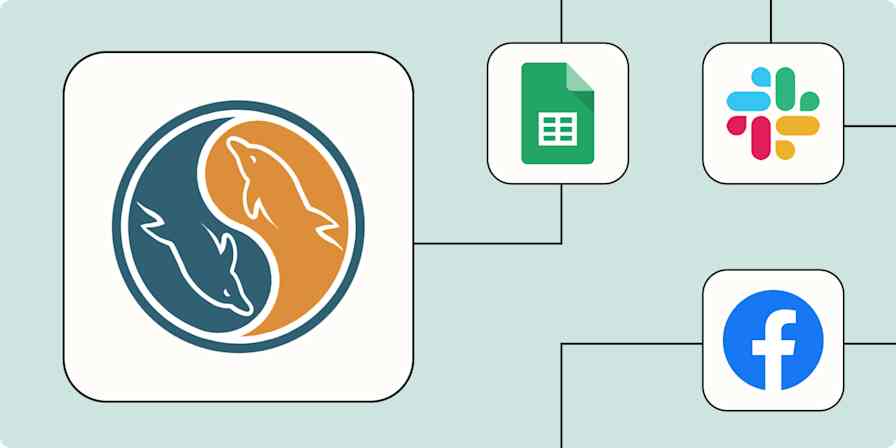Business tips
10 min readData-Driven Design: Tap into Your Users' Micro-Moments for Better Engagement
By Lucia Z.Wang · January 26, 2017

Get productivity tips delivered straight to your inbox
We’ll email you 1-3 times per week—and never share your information.
tags
Related articles
Improve your productivity automatically. Use Zapier to get your apps working together.






